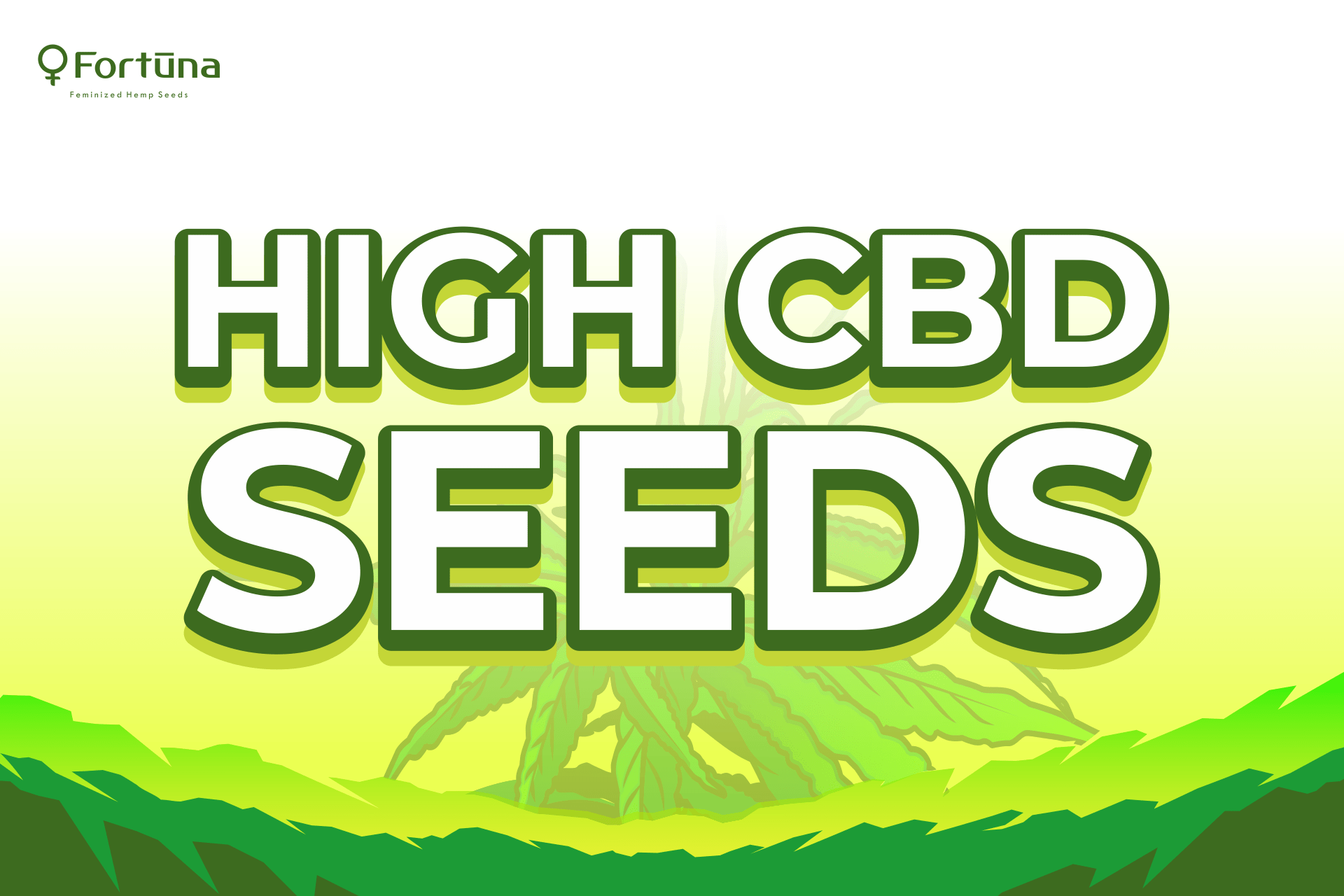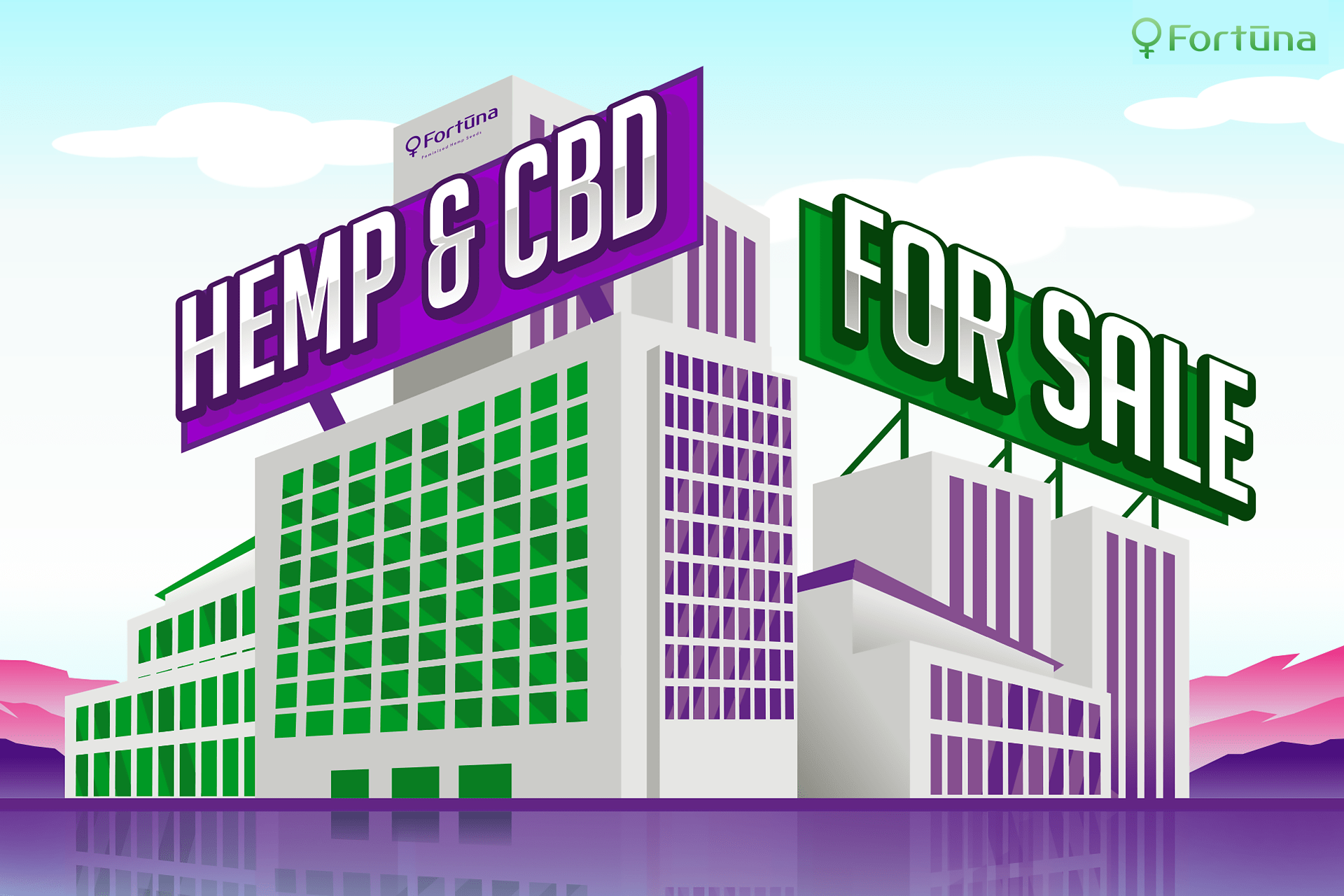
- Hemp Farming
-
by gu
It’s easier to grow organic hemp than one might think. Best of all, organic hemp is great for both the environment and those who will consume it. Today, we’ll discuss the best ways farmers can grow hemp organically for the best possible output.
Why Grow Organic Hemp
Hemp is naturally resistant to pests and therefore doesn’t require pesticides. This, of course, is a good thing as it is the first consideration when growing organic. However, hemp’s pest resistance is additionally important in that it avoids contaminating consumable products with ill-understood chemicals. Especially in cases in which hemp products are to be ingested, avoiding chemical additives is crucial.
This leads us to our next point. Organic hemp must be grown in good soil to avoid any impurities that might make their way into the plant. When hemp is grown on soil previously destroyed by waste, even nuclear waste, it cleans the soil through a process called phytoremediation. Hemp cultivation has even used to clean the soil on a mass scale. Chernobyl is one such instance.
Furthermore, all nutrients and pesticides used on a crop will end up in the plant. When those plants are consumed, those same compounds are also consumed. Therefore, is unequivocally important that any consumable hemp products be free from dangerous contaminants.
How to Grow Hemp Organically
The condition of the soil cannot be overstated. Not only must the soil be protein-rich and chemical-free, but it must also maintain a moderate water level. Desert lands that receive little to no moisture require ample supplemental irrigation. Conversely, wetlands or marshlands where the soil is saturated may require protection from excessive water.
However, no matter the geographic region, it is possible to grow quality hemp, even if it requires a greenhouse setup. But the soil is the first step.
First, till the pesticide-free soil and make a shallow bed in which to plant the seeds. Recommended spacing for CBD hemp seeds (or seed starts for more efficient planting) is about four to six feet apart. Plant outdoors between May and June to avoid a late frost and help yield a better crop.
How Many Hemp Seeds Do I Need?
USDA Certified Organic Hemp
Hemp is legal to grow, as of December 27, 2018. As such, the USDA has created a list of standards for hemp growing. There are five. These criteria for growing hemp organically are:
-
- Soil fertility
- Seeds and planting stock
- Crop rotation
- Managing pests, weeds, and disease
- Maintaining the identity and integrity of organic crops
Only very recently has it been legal to grow hemp in the United States for commercial purposes. However, hemp imports are legal and have been since 2004. Fortunately, now that it’s legal to cultivate hemp in the U.S., there will surely be an upswing in applications for organic hemp certifications in the nation.
The 2014 Farm Bill allowed for crop production of hemp to be certified. However, states were required to have an industrial hemp agricultural pilot research program in order to comply.
However, the USDA will provide organic certification for qualified industrial hemp producers. Institutions of higher learning were the first to gain these certifications after the 2014 Farm Bill in states where the production of industrial hemp is legal.
Conclusion
Organic is better for the environment, better for humans, and better for the product itself. Organic hemp is certainly no exception.
Contact us for help with your next hemp crop. We offer initial consultations and on-demand consultation services thereafter.



